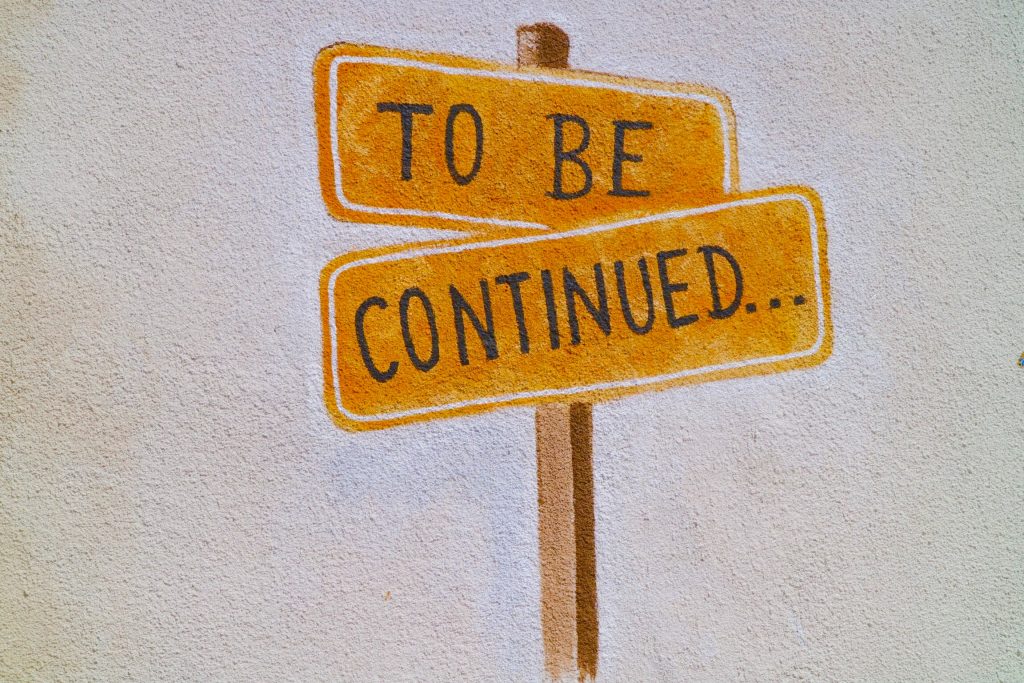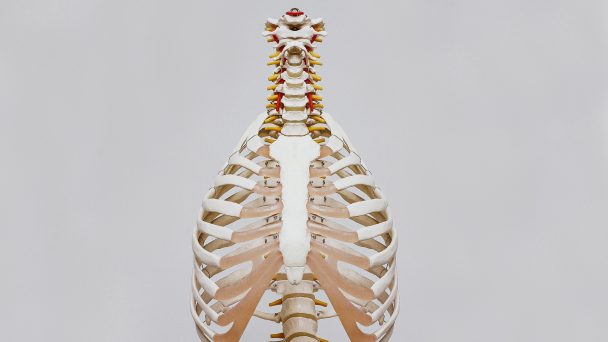Alcohol in our society: Part 4

So little that people drank until 1960, alcohol consumption increased so quickly in the second half of the 1920se century. How that came about, know Rob Bovens, alcohol researcher and coordinator of the Academic Workplace Addiction at Tranzo Tilburg University to tell us.
As we have seen, the average adult Dutch person in the year 1960 drank 2.6 liters of alcohol per year. By 1980 this had increased to 8.9 litres, the same level as 100 years before. And that in 20 years. How was this possible? Several factors contributed to this, but in fact the core of all these factors is: the growth of prosperity, the desire and the possibilities to benefit from this and the increase in the availability of alcohol products via, for example, the cost and the growth of the significance of supermarkets. Add to this the positive image of alcohol consumption promoted partly as a result of the intensification of marketing. It is portrayed as an inseparable part of pleasure, as the lubricant of society, in principle accessible to everyone. The positive sides are highlighted, irresponsible use is described as an excess that applies to a few in our society who have not learned enough to deal with it responsibly or who are weak of will.
La vie en rose
A number of essential changes have taken place since 1960. In 1964 the issuing of gift licenses was made easier by legislation. At the same time, the Dutch got more and more free time and the habit arose, partly due to increased prosperity, to go on holiday abroad. In 1970 a quarter of the Dutch went on holiday abroad, after that this increased rapidly to the current level of 80% of the Dutch at this time. In the 1960s and 1970s, holiday destinations often opted for the southern European countries, in which countries the wine was found on the table with dinner. The fact that there was still water next to it was often overlooked. Many compatriots quickly adopted the Southern European customs, especially from France the wine often went 'en vrac' to the Netherlands. The use of wine increasingly increased the status, a little citizen had to have a wine cellar. Striking (and hilarious) were the expressions of the duo of Kooten and de Bie, such as in the booklet Modermismen by Kees van Kooten from 1984, in which he describes that he has started a wine stock, complete with a notebook in which the types were categorized. And that at some point he gave up, because the wine cellar never completely filled up or emptied quickly because of his enthusiasm to proudly introduce his visitors to his property.
The beer industry in action
The grocer on the corner of the 1960s grew and prospered and turned to the newly acquired cult (12 bottles, the 13e free, cycling wines, et cetera). The beer industry saw the popularity of wine with mixed feelings: we had suddenly started drinking during the week, only too little beer. The following was found. The beer advertisements on television, especially for Amstel beer, placed a strong emphasis on the relationship with football: the three 'Amstel boys' first had the beer brought in, the fridge was filled and then the tube could be turned on for the football. European Championships and World Cups were flanked by a lot of beer advertising with all kinds of trinkets such as hats and bells. The Holland Heinekenhuis became a sensation at home and abroad, intended to increase the national sense of pride in our sports heroes. In short: alcohol and sport became more and more linked. On the one hand, attention to football grew organically, but also as a result of sponsorship by the beer industry. Voetbal International on television was sponsored by Heineken, the first division by Jupiler for a long time. Stadiums and music halls were also associated with beer brands (Grolschveste, Heineken Ziggodome). In the sixties I watched Ajax, Feyenoord or PSV with my father on Wednesday evenings, at the moment the ball rolls over the tube every evening or is being talked about. Complete with bars and a party feeling on normal weekday evenings. Competition between beer brands meant that, for example at the time of the sponsorship of the first division by Jupiler, the summaries of Friday's matches were only shown on Saturday for a while, because Voetbal International, sponsored by the competitor, broadcast on Friday . The proof is, of course, difficult to provide, but I can hardly escape the impression that all these developments have contributed to the normalization of beer consumption during the week.
in the mix
The liquor industry followed another tactic. Knowing that women and young people are sensitive to sugar and trendy colors, they invested heavily in mixed drinks in the 1990s and the derivatives of spirits in the supermarket. Because in the supermarket outside sherry and port alcoholic drinks are allowed to contain a maximum of only 14.9% alcohol, we have since found the Baileys, Blue Curacaos, etcetera with those kinds of percentages. It also resulted in women competing with men in consumption and girls chasing the boys in use. Although the consumption of alcohol has declined slightly since 1980 (perhaps partly due to the growth of non-Western residents who drink relatively less alcohol), use has increased among specific groups (young people, over-55s).

